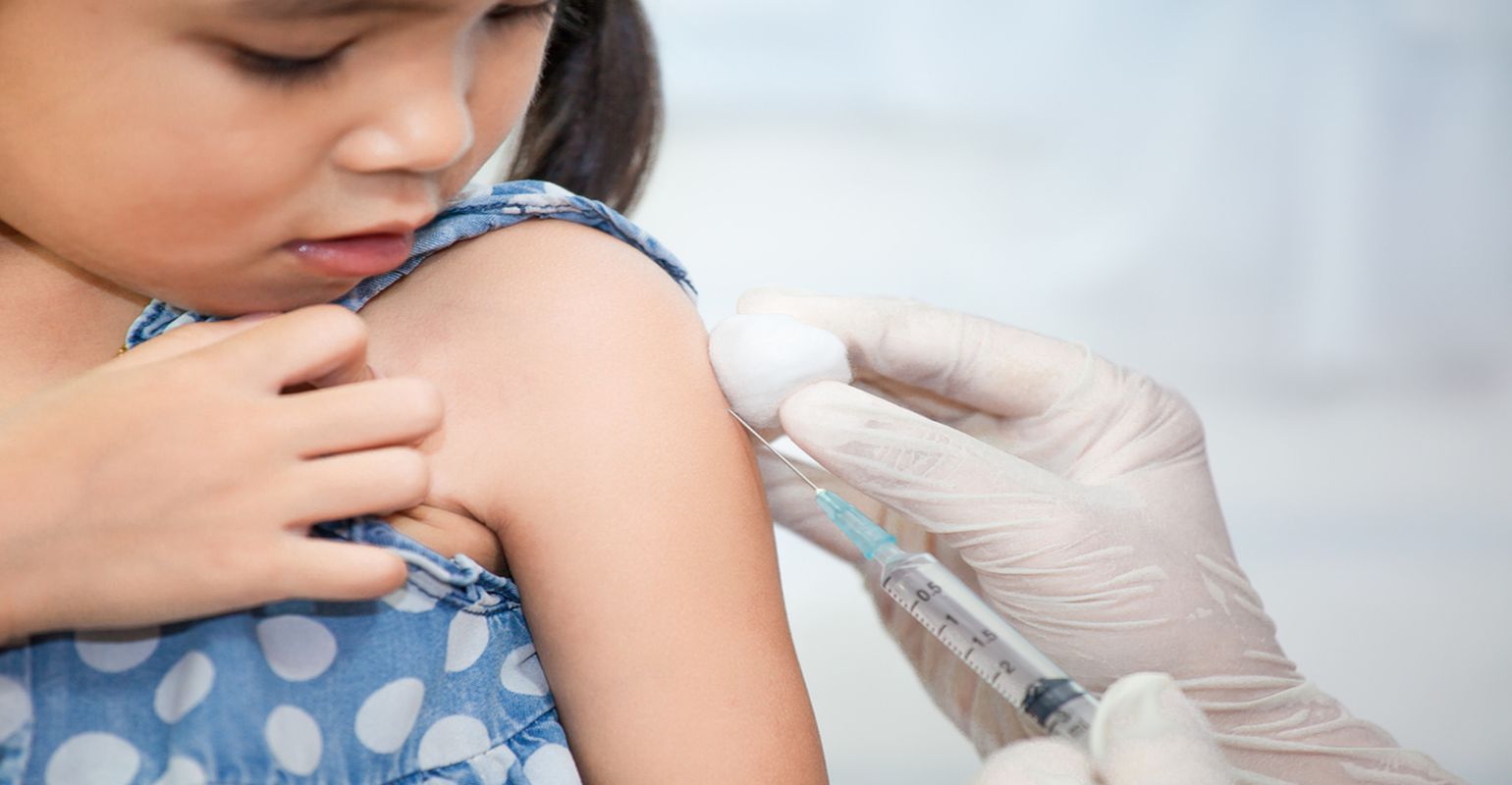Repeat Vaccination is Safe for Most Kids With Mild to Moderate Reactions

Children who experience some type of adverse event following initial immunization have a low rate of recurrent reactions to subsequent vaccinations, reports a study in the Pediatric Infectious Disease Journal, the official journal of The European Society for Paediatric Infectious Diseases. The journal is published in the Lippincott portfolio by Wolters Kluwer.
"Most patients with a history of mild or moderate adverse events following immunization [AEFI] can be safely reimmunized," write Gaston De Serres, MD, of Laval University, Quebec, and colleagues. Although recurrent AEFIs can sometimes occur after repeat doses of vaccine, this study suggests that the risk of recurrent AEFIs after re-vaccination is relatively low, especially when the previous reaction was mild or moderate.
Safety of Repeat Vaccination after Initial Reactions - 'Passive Surveillance' Data In Quebec, healthcare professionals are legally required to report any "unusual or severe" AEFI related to a "passive surveillance" system similar to the Vaccine Adverse Event Reporting System (VAERS) used in the United States. The analysis included 5,600 patients with AEFIs reported to Quebec's passive surveillance database from 1998 through 2016, all of whom required further doses of the vaccine to which they reacted. (The analysis excluded seasonal influenza vaccine, which changes from year to year.)
Of 1,731 patients with available follow-up data, 1,350 patients were re-vaccinated: a rate of 78 percent. Most of the re-vaccinated children were under two years old; about one-half of the AEFIs were allergic-like reactions.
Sixteen percent of patients experienced some type of recurrent AEFI after re-vaccination. In more than 80 percent of cases, the recurrent reaction was no more severe than the initial reaction. The researchers analyzed potential risk factors for recurrent reactions, including:
Patient Characteristics. Children under age 2 were more likely to be re-vaccinated and less likely to have recurrent reactions, compared to older patients. Recurrence risk was similar for males and females.
Type of AEFI. Recurrence rate was similar for patients with most types of initial AEFIs. The risk was highest (67 percent) for patients with large local reactions with "extensive limb swelling." For patients who had allergic-type reactions, the recurrence rate was 12 percent. Severe allergic events (anaphylaxis) were very rare after re-vaccination.
Severity of AEFI. Patients with more severe initial AEFIs were less likely to be re-vaccinated: only 60 percent of children with severe reactions were re-vaccinated, compared to 80 percent of those with less-severe reactions. Within this selected group, patients with severe AEFIs were less likely to have recurrences: eight versus 17 percent.
Type of Vaccine. The recurrence rate did not differ significantly for different types of vaccines. The re-vaccination rate was highest (90 percent) for children with AEFIs to diphtheria-tetanus-pertussis vaccines.
Prior to this study, there have been limited data on the safety of reimmunizing patients who had a prior AEFI. The study is one of the largest to estimate the rate of recurrent AEFIs by type of reaction and type of vaccine - key information for healthcare providers and parents/caregivers making decisions about further immunization. The results support the safety of continued vaccination especially when the previous reaction was mild or moderate.
The study provides helpful information on the risk of recurrent reactions to specific vaccines and in patients with different types of initial reactions. Dr. De Serres and coauthors suggest that vaccine adverse event passive surveillance systems could be adapted to include "systematic and standardized follow-up" to provide more complete information on recurrence risk and other outcomes for children with AEFIs .
Source: Wolters Kluwer